120 years of wheat varieties planted to track industry’s evolution
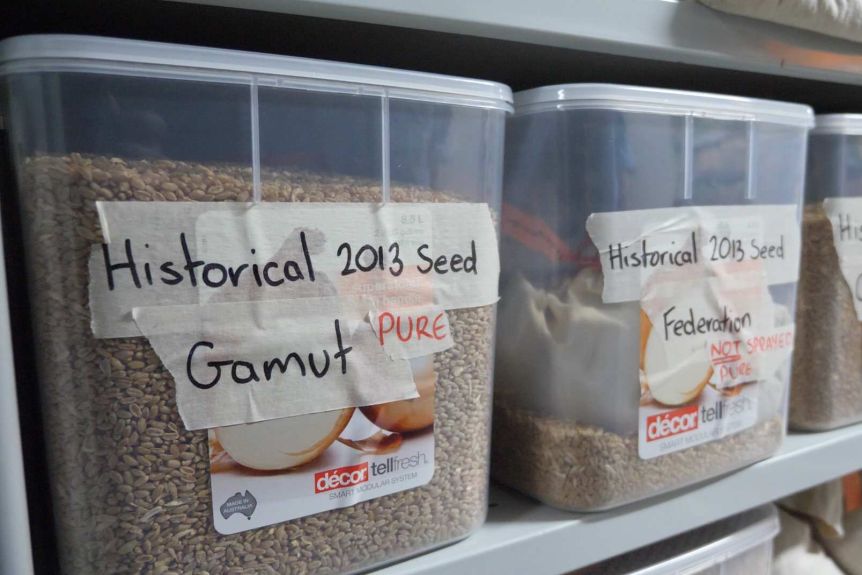
Wheat researchers are going back in time to produce a visual display of just how far the industry has come and to examine what work remains to improve crop productivity.
Seeds from 15 wheat varieties dating back to 1901 have been sown, and by the end of the year will paint a picture of the changes made over the past 120 years.
It is part of the University of Sydney’s 60-year celebrations of its Plant Breeding Institute at Narrabri in north-west New South Wales which has been responsible for continually improving wheat lines.
“Farmers always have a favourite, or not-so-favourite, variety,” said the university’s director of northern agriculture, Guy Roth.
“It’s a great way for people to look at the history of wheat breeding, and within a few hundred metres you’ll be able to see 100-years of breeding.
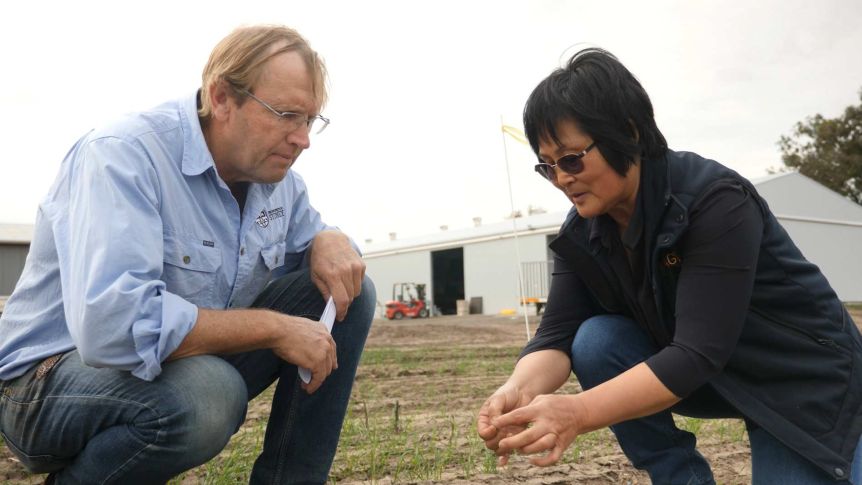
“They will generally go from being taller with larger biomass through to the more modern varieties which are shorter with higher grain yields.”
The wheat will be harvested later this year and tested for quality.
“We’ll make some bread and scones and bickies with it as well, and do a good old-fashioned taste test,” Dr Roth said.
Australia’s ‘father of wheat’ bred first drought-tolerant variety
The oldest historical line being planted is Federation wheat, which was released in 1901.
“The iconic variety is Federation which was released by [William] Farrer, he was on the $2 bank note if you can remember that,” he said.
“He imported and exported wheat lines from Australia and into Australia. He introduced cross breeding into wheat … and basically changed the way wheat grows.
“Now wheat is planted in May and generally harvested in November, but back then people were growing these European wheats that flowered in November and then developed rusts and had all sorts of problems.”
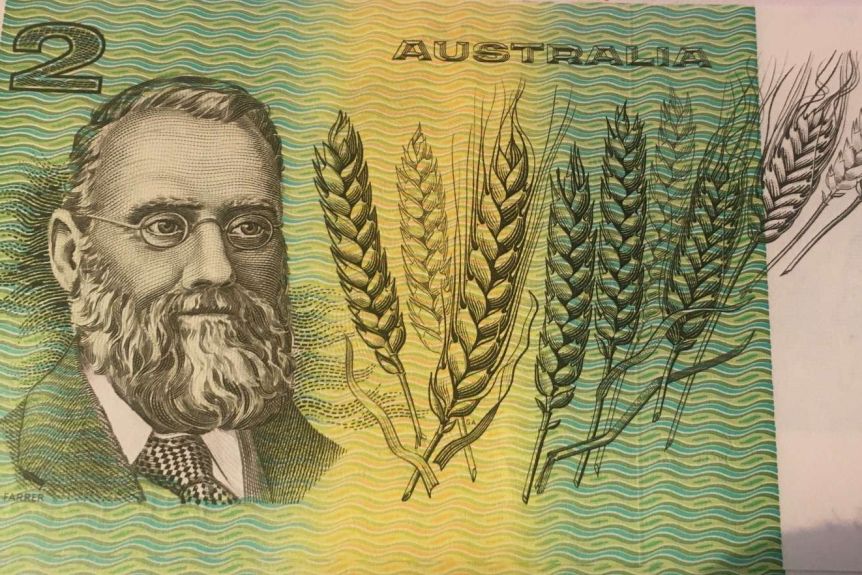
Dr Meiqin Lu, a wheat breeder for Australian Grain Technologies based at the Narrabri site, said the European varieties simply did not cut it in Australia’s harsh climate.
“It was not profitable at all because the phenology was not right,” she said.
“Australia is dry and warm [and] the European wheat is a winter wheat, it’s not really suited for here.”
Only small yields were harvested from European wheats which pre-dated Federation — a variety that was faster maturing, had improved rust resistance, and drought tolerance.
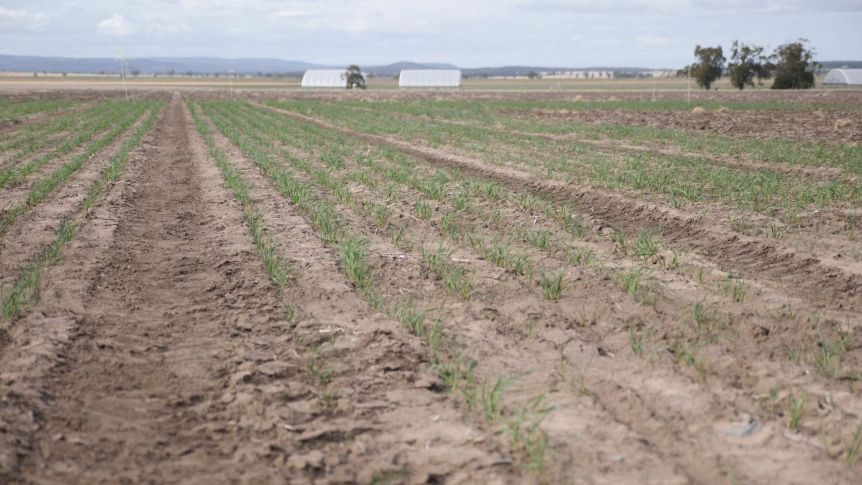
‘Game-changer’ wheat took off in the ’50s
The first variety released by the University of Sydney was Gabo.
“It was a game changing wheat variety, very widely planted in the 1950s and ’60s, and it also led to the wheat quality testing regime that we use now where growers now test for protein and you get a payment for protein,” Dr Roth said.
Retired cropping farmer Bill Pownall has fond memories planting Gabo on the family farm, east of Narrabri, in the late 1950s.
“I sowed my first wheat crop when I was aged 11, while my father was out droving sheep during the drought,” Mr Pownall said.
“It yielded well and it was probably one of the few varieties that were around, everyone grew it.
“It behaved pretty well, it was obviously a good bread wheat.
“It’s gone from here locally in the light ground to spreading right out west. Who would have thought you’d grow wheat out at Walgett way back then?”
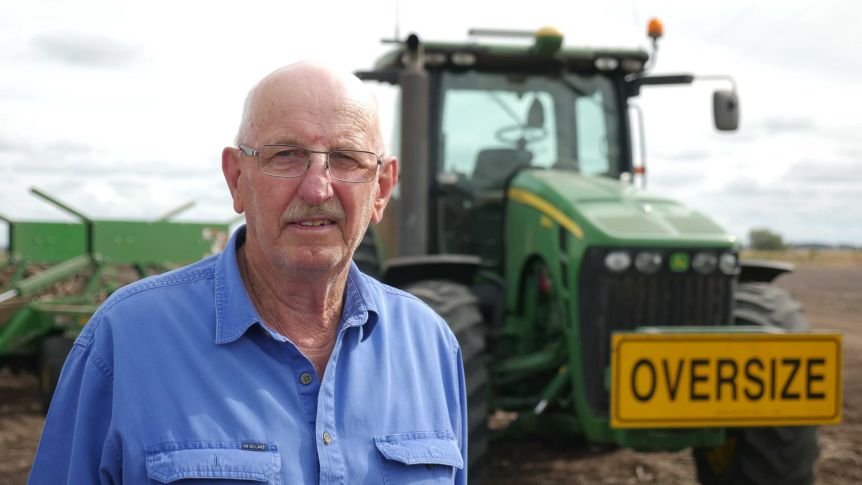
Mr Pownall still does contract cropping work and said the industry had evolved significantly.
“It’s certainly a real science now. Most of the wheat farmers now are really switched on and they’re using agronomists to guide them through.”
Still striving for perfection
Plant breeders still aim to release a new wheat variety each year.
“We always listen to the farmers and what they like,” Dr Lu said.
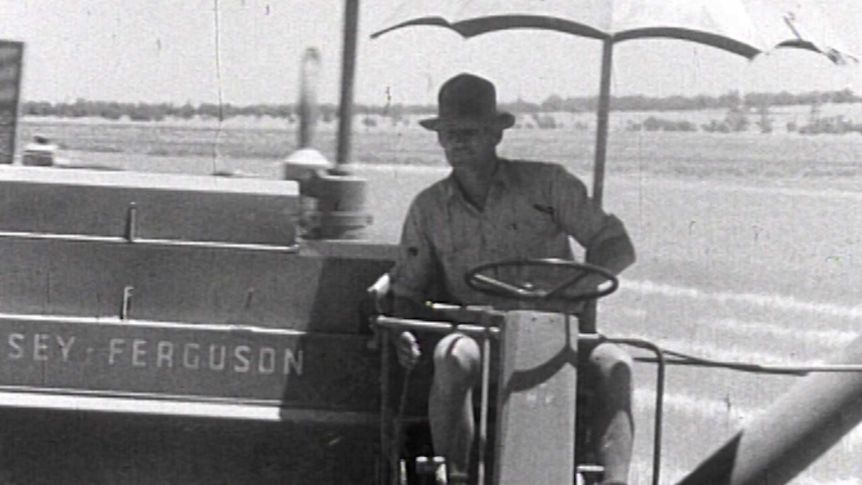
The crossing of different varieties combines the best traits from the parent lines, and Dr Lu said breeders are currently achieving average genetic gains of 0.3 per cent per year in the northern region.
“[We are] trying to select for the best lines in terms of reducing height, increasing yield, improving the disease resistance and the quality,” she said.
“It is hard, I don’t think I’ve ever had one variety that is good enough.
“Once you release it, then people grow it [and] you always find problems, so we always have to keep improving them.”
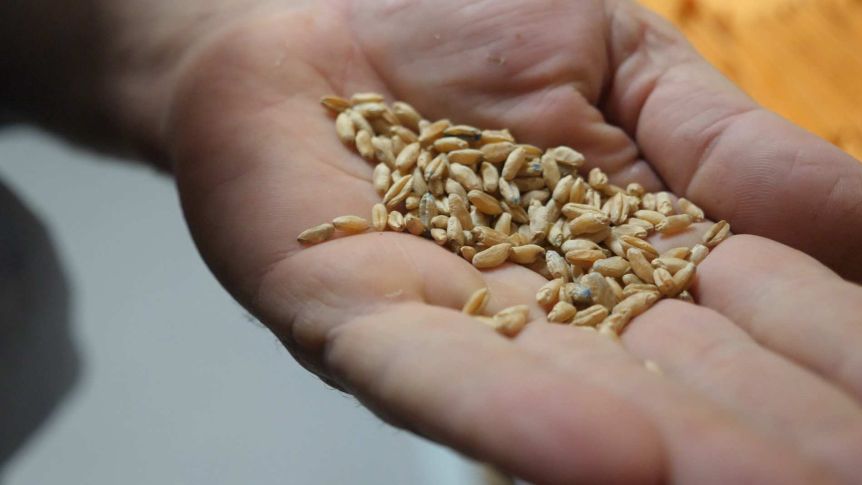
Source : abc.net.au